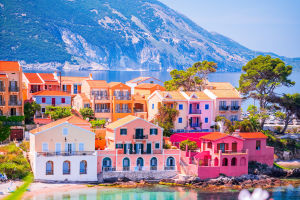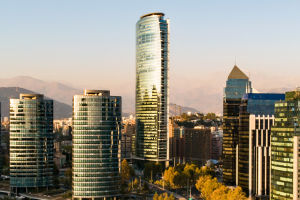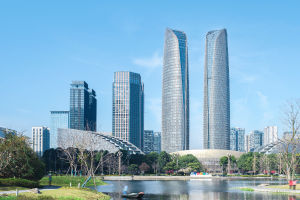Upon arriving in Genoa, also known as Genova, it became clear why many Italians hold this destination in high regard.
Here’s a detailed guide to make the most of a visit to this underrated gem!
How to Get to Genoa
Reaching Genoa is relatively easy, with the city being well-connected by air, rail, and road. The Cristoforo Colombo Airport serves international and domestic flights, with transport links to the city center via taxi or shuttle bus, which takes around 20 minutes.
Alternatively, Genoa is accessible by train from major cities like Milan, Florence, and Rome. The central train station, Stazione di Genova Piazza Principe, is well-connected and is only a short walk to the heart of the city. If driving, the A10 highway offers direct access to the city from nearby coastal towns.
Best Time to Visit
The best time to visit Genoa is during the spring (April to June) and fall (September to October), when the weather is mild, and the city is less crowded. Summer months can be hot, and while the weather is ideal for exploring the nearby beaches, Genoa itself tends to attract more tourists, especially in July and August.
Key Attractions
1. The Aquarium of Genoa
One of the largest in Europe, the Aquarium of Genoa is a must-see for anyone visiting the city. It’s located in the Porto Antico area and offers an incredible array of marine life, including dolphins, sharks, and sea turtles. A ticket costs about $20 for adults and $12 for children, with discounts available for groups. A family pass (2 adults, 2 children) is priced at $56.
2. Palazzo Ducale
This historic palace, once the residence of the Doges of Genoa, now serves as a museum and cultural center. Visitors can explore the grand rooms and exhibitions, offering a glimpse into the city's aristocratic past. Admission to the Palazzo Ducale costs around $10 for adults. Entry may vary depending on special exhibits.
3. Via Garibaldi
A UNESCO World Heritage site, this stunning street is lined with opulent palaces from the Renaissance and Baroque eras. It’s a perfect place to stroll, admire the architecture, and visit museums like the Palazzo Rosso and Palazzo Bianco, which house impressive art collections. The cost of admission for these palaces is approximately $7 per museum.
4. Boccadasse
A charming fishing district, Boccadasse offers picturesque views of the Ligurian Sea and colorful buildings lining the waterfront. The area is ideal for a leisurely walk, and its small, pebble beach offers a peaceful retreat from the city.
Food and Dining
Genoa is renowned for its pesto, a basil-based sauce mixed with olive oil, pine nuts, and garlic. Sample this iconic dish with pasta, particularly trofie or trenette. Local restaurants in the Caruggi (old town) area serve delicious seafood, focaccia, and farinata (chickpea pancake). Dining at a mid-range restaurant will cost approximately $15–$25 per person for a full meal.
Getting Around Genoa
Genoa’s public transport system is extensive and easy to navigate. Buses, trams, and the metro cover most of the city, with a single ride typically costing about $1.50. A 24-hour travel card, valid for unlimited rides, is priced at $5. Alternatively, taxis are available, with typical fares starting at $5, plus additional charges based on distance.
Genoa is a city that blends history, culture, and coastal beauty, offering visitors an authentic Italian experience without the overwhelming crowds of more famous destinations. Whether you’re exploring its museums, savoring local delicacies, or soaking in the Mediterranean views, Genoa promises to leave a lasting impression!
Genoa Travel Guide - Italy
Vidoe by Martijn Around The World - Travel


